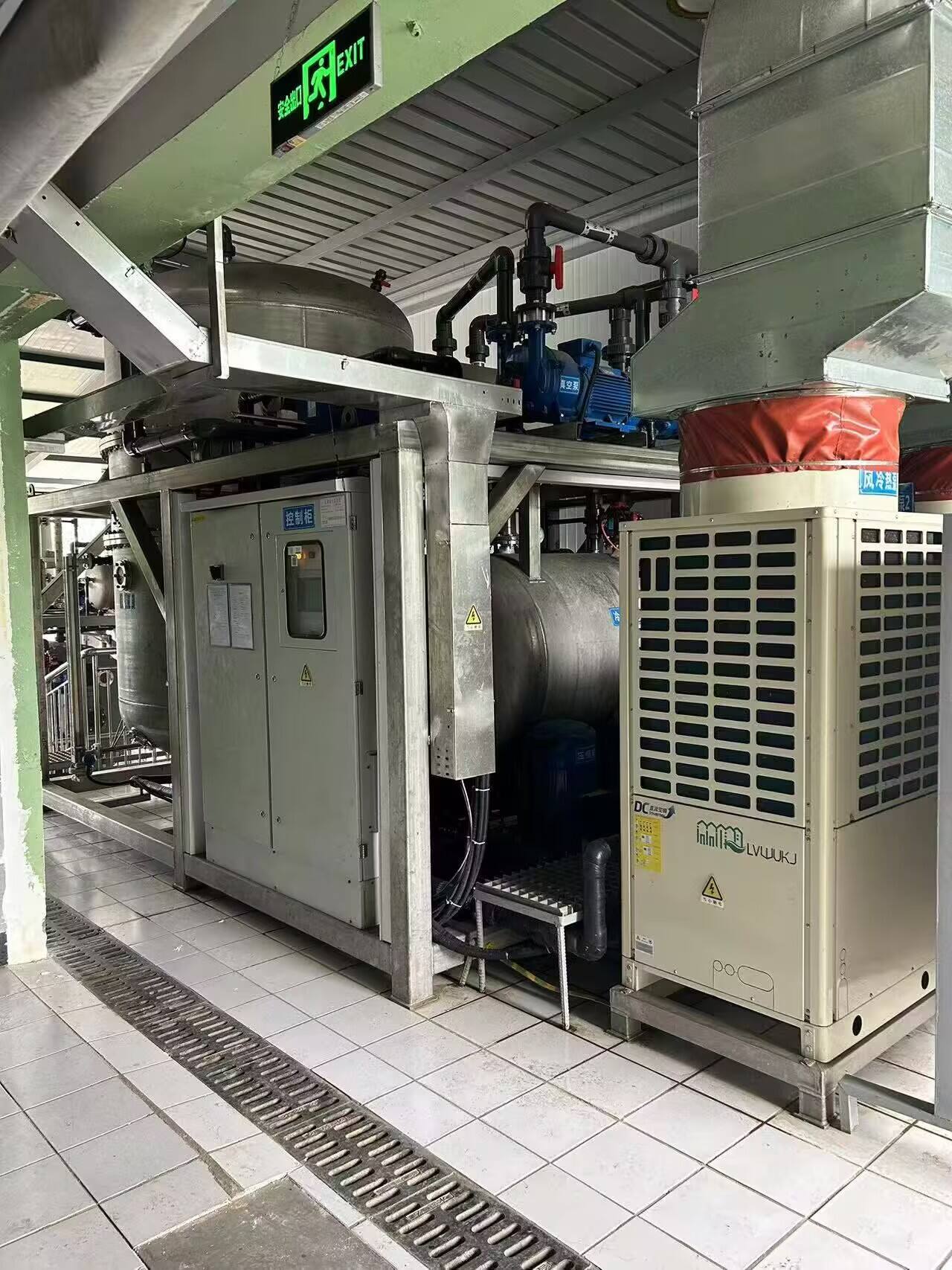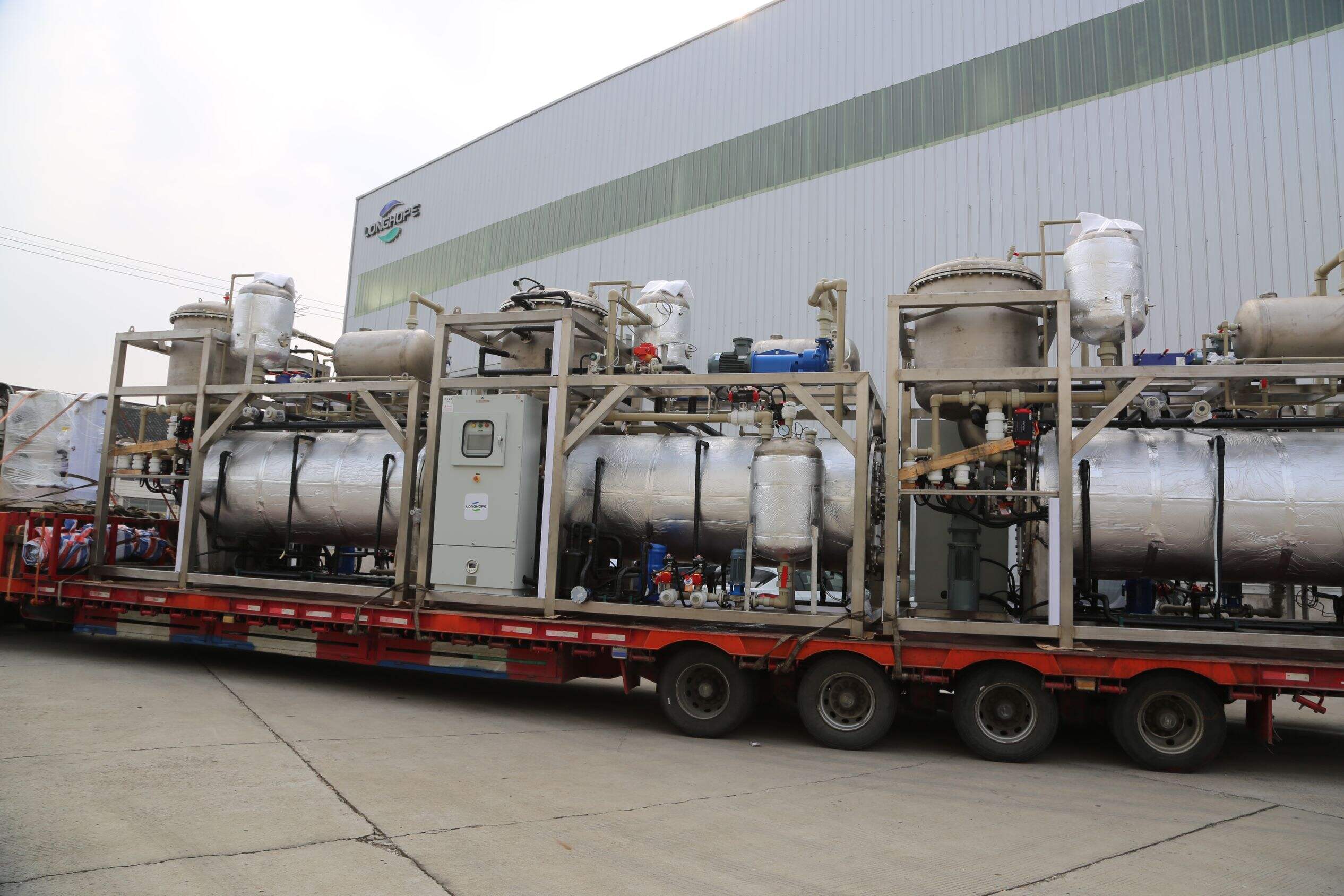effluent treatment plant for textile industry
An effluent treatment plant for the textile industry is a sophisticated system designed to process and purify wastewater generated during textile manufacturing operations. This critical facility combines physical, chemical, and biological treatment processes to remove contaminants, dyes, chemicals, and other pollutants from industrial wastewater. The primary functions include the removal of suspended solids, reduction of chemical oxygen demand (COD) and biological oxygen demand (BOD), color removal, and pH adjustment. The plant typically consists of multiple treatment stages, including primary treatment for removing larger particles, secondary treatment for biological processing, and tertiary treatment for final polishing. Advanced technologies such as membrane filtration, reverse osmosis, and activated carbon treatment are incorporated to ensure compliance with environmental regulations. The system also features automated monitoring equipment, chemical dosing systems, and sludge handling facilities. These plants are customizable based on specific industry requirements and wastewater characteristics, making them essential for sustainable textile manufacturing operations.


